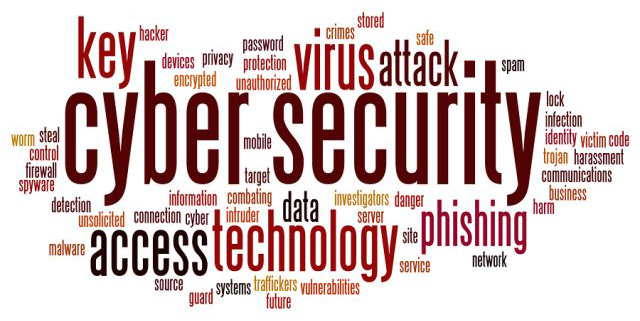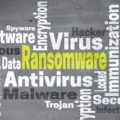The world of malware is a complex one due to the sheer variety of forms it can take. And it’s these differences which make it difficult to deal with.
The term malware is generally used as an all-encompassing term to describe a piece of malicious software. But, over the years, many different strains of malware have emerged as hackers evolve their tools and techniques. These strategies are often put into action to help avoid detection, but sometimes these new strains are the result of changes in technology.
Regardless of the reasons for developing a new malware variant, the end result is the same: a threat to your PC.
It’s vital that these threats are countered to protect your networks and your data; the best way to secure this safety is by understanding the different types of malware.
Identifying the Most Common Malware Variants
It’s difficult to put a precise number on all the malware strains that are out in the digital wild, but these are five of the most common forms:
1. Ransomware: One of the most debilitating forms of malware, in terms of finance and productivity, ransomware has generated many headlines over the last few years. It’s a type of malware which infects PCs and encrypts crucial files. The only way to decrypt these locked files is by paying a ransom, usually demanded in an untraceable cryptocurrency, in order to obtain a key for their release.
2. Malvertising: We all find online adverts irritating, but usually all we have to do is either close or mute the advert. With malvertising, however, things are more sinister. A new take on malware, malvertising laces legitimate online adverts with malicious files . And what’s most troubling about this malware strain is that it doesn’t require any user action e.g. clicking on the advert. If the advert runs then the malware is active.
3. Botnets: Hackers like to strengthen their attacks and one of the simplest ways for them to achieve this is by infecting large numbers of PCs. By collecting together whole networks of PCs, a hacker can use these numbers, and associated processing power, to launch large attacks on other networks and websites. These botnets are created through malware attacks and are causing particular problems within IoT networks.
4. Spyware: Data is crucial to organizations and, due to its value, is also highly prized by hackers. Not only can data be used to access secure systems, but financial data is extremely valuable. Therefore, hackers are keen to steal this data; spyware represents one of the easiest methods of achieving this. Once a PC is infected with spyware it’s every action is monitored, logged and transmitted e.g. keystrokes are recorded to reveal sensitive login details.
5. Fileless Malware: One of the more recent developments in malware, fileless variants are exactly what they sound like: no files necessary. Fileless malware sidesteps the traditional route of operating within the hard drive and, instead, works within a PCs memory. This is a clever approach as anti-malware software concentrates on hard drive activity. From the relative safety of a PCs memory, fileless malware leaves little evidence of its presence.
For more ways to secure and optimize your business technology, contact your local IT professionals.








